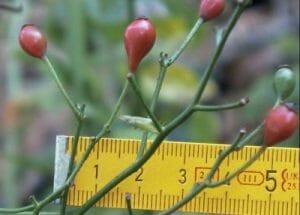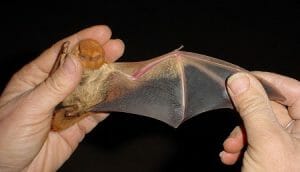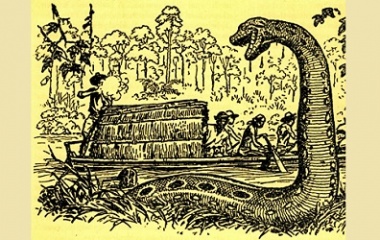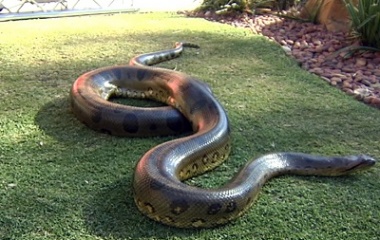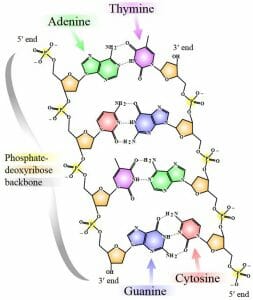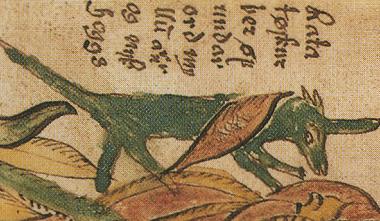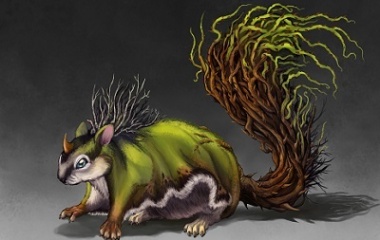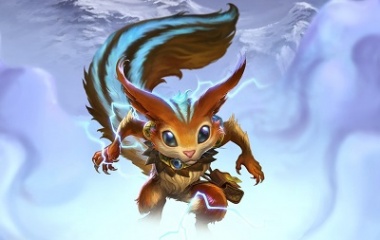Organ System Definition
An organ system is a group of organs that work together to perform a certain function in an organism’s body. Most animals and plants have organs, which are self-contained groups of tissues such as the heart that work together to perform one function. Humans and other mammals have many organ systems. An example of an organ system is the circulatory system, which includes the heart, arteries, veins, and capillaries. The human body has 11 different organ systems.
This figure depicts the respiratory system.
Examples of Organ Systems
The human organ systems are:
- Integumentary
- Skeletal
- Muscular
- Circulatory
- Respiratory
- Digestive
- Urinary
- Immune
- Nervous
- Endocrine
- Reproductive
The Integumentary System
The integumentary system consists of external organs that protect the body from damage, including the skin, fingernails, and hair. Skin is the largest organ of the human body. It is made up of three layers: the epidermis, dermis, and hypodermis, which contains stored body fat. Nails and hair are both made up of the protein keratin. In other animals, the integumentary system may include feathers, scales, or hooves.
Besides protecting the internal organs from physical damage, the integumentary system has multiple other functions such as protecting against virus invasion, dehydration, sunburns, and changes in temperature, making Vitamin D through sun exposure, and excreting waste through sweating.
The Skeletal System
The skeletal system is made up of all the bones in the human body, i.e., the skeleton. The skeleton forms the supporting structure of the body. It comes from the Greek σκελετός (skeletós), meaning “dried up”, referring to the dry nature of bones. A human infant has 270 bones, some of which fuse together to form the 206 bones in the adult human body. Cartilage is the precursor to bone when an embryo is developing, and it is found in some structures in the human body such as the nose, ears, and joints.
An internal support structure in an animal is called an endoskeleton. Some animals such as insects have hard coverings called exoskeletons on the outside instead of inside the body.
The Muscular System
The muscular system includes the different types of muscles in the body: cardiac, smooth, and skeletal muscles. Cardiac muscles are found only in the heart and contract to pump blood. Smooth muscles are found in organs such as the stomach, intestines, and bladder and move without conscious effort by the organism. Skeletal muscles are attached to bones and work together with bones to move the body.
The Circulatory System
The circulatory system, also known as the cardiovascular system, consists of the heart, veins, arteries, and capillaries. The circulatory system circulates blood throughout the body in order to transport nutrients and oxygen to the cells. The lymphatic system, which includes lymph and lymph nodes, is also part of the circulatory system; lymph transports fats, destroys bacteria, and returns proteins and interstitial fluid from the bloodstream.
Humans and other vertebrates have closed circulatory systems, where the blood is enclosed within blood vessels like veins and arteries. Some animals, such as insects, have open circulatory systems, where blood is pumped into body cavities without the use of vessels.
The Respiratory System
The respiratory system is made up of the organs used for breathing, including the lungs, diaphragm, trachea, bronchi, and bronchioles. In the lungs, oxygen and carbon dioxide are exchanged between the outside air and the blood. Other animals breathe through gills or even through their skin.
The Digestive System
The digestive system digests food and absorbs it into the body. It is made up of the gastrointestinal tract (which includes the esophagus, stomach, liver, and intestines) along with accessory organs of digestion. These include the tongue, liver, pancreas, and gallbladder.
The Urinary System
The urinary system gets rid of wastes from the body in the form of urine. The kidneys, ureters, bladder, and urethra are all part of the urinary system. Sometimes the organs of the urinary system are grouped together with organs that remove wastes such as the skin, lungs, and large intestine, and this is called the excretory system.
The Immune System
The immune system is an organism’s defense system; it protects against disease. Important parts of the immune system include leukocytes (white blood cells), bone marrow, and the thymus. There are many different types of white blood cells, like helper T cells, killer T cells, and B cells. The lymphatic system is also associated with the immune system.
The Nervous System
The nervous system sends and interprets signals from different parts of the body and organizes the body’s actions. The central nervous system includes the brain and spinal cord, while the peripheral nervous system is made up of nerves that allow the central nervous system to connect to the rest of the body.
The Endocrine System
The endocrine system is comprised of all the glands in the body that produce hormones, which are carried via the bloodstream to affect other organs. Some important glands are the pituitary gland, which produces reproductive and many other body-regulating hormones; the thyroid, which has roles in metabolism and protein synthesis; and the adrenal glands, which produce adrenaline and stimulate the fight-or-flight response.
The Reproductive System
The reproductive system includes an organism’s sex organs. In females, some of the sex organs are the vagina, uterus, and ovaries. In males, some sex organs are the penis, testes, prostrate, and vas deferens. All of these organs play a role in sexual reproduction.
Related Biology Terms
- Organ – a self-contained group of tissues that performs a specific function.
- Biological system – a network of entities that are biologically related; this can be on the scale of tissues or organs, but also be used on a larger scale to represent populations of living things.
- Organism – an individual living thing, such as one animal, plant, fungus, or bacterium.
Test Your Knowledge
1. Which organ is NOT a part of the nervous system?
A. Brain
B. Nerves
C. Heart
D. Spinal cord
2. Which organ system is made up of all the glands that produce hormones?
A. The immune system
B. The muscular system
C. The endocrine system
D. The integumentary system
3. What is the function of the respiratory system?
A. To digest food and absorb its nutrients into the body
B. To form a supporting structure for the body’s other organs
C. To circulate blood throughout the body and transport oxygen and nutrients to cells
D. To take in oxygen and expel carbon dioxide when an organism breathes
Organ System


